Christie’s Art and Tech Summit: NFTs and Beyond 2021
The fourth Christie’s summit dedicated to the Art and Technology took place, and after Blockchain, Artificial Intelligence and Mixed Reality takes stock of NFT Non Fungible Tokens.
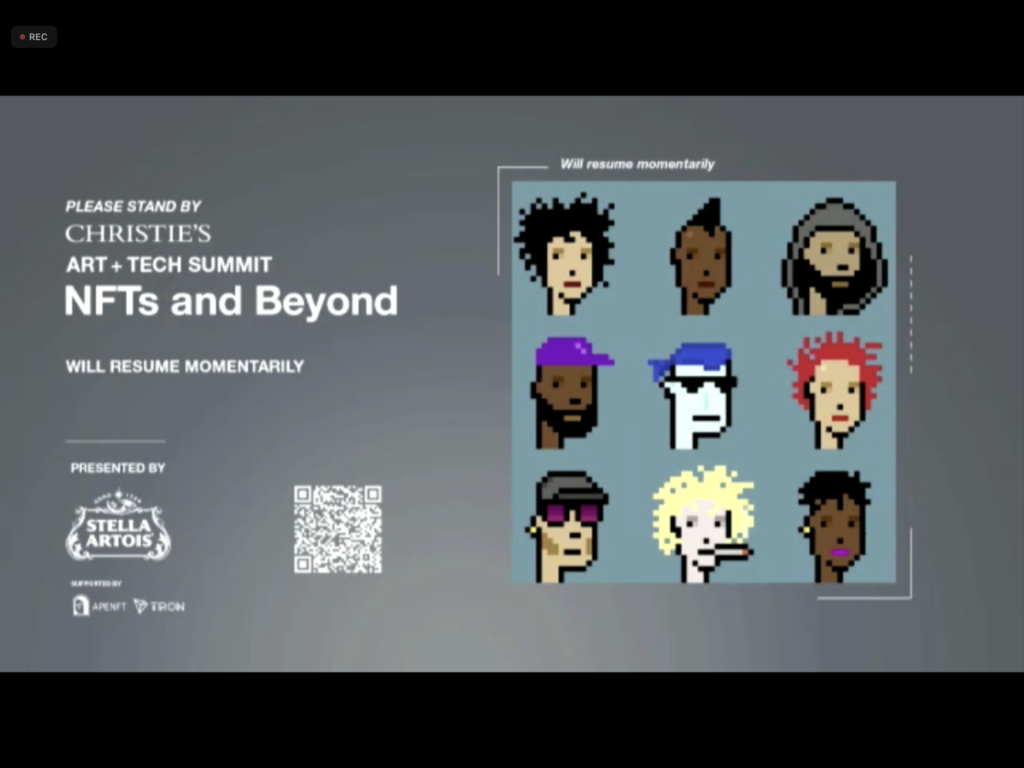
Christie’s auction house, four months after its “baptism” of Crypto Art with the incredible sale for $69 million of the work “Everydays – The First 5000 Days” created by digital artist Beeple, born Mike Winkelmann, inaugurates “Art and Tech Summit: NFTs and Beyond“, the first live and virtual event to take stock of what has happened and what will happen in the near future for the art world with an increasingly digital perspective.
At the start of the conference, which was attended by countless key players in the Crypto and NFT worlds, the speech of Justin Sun early investor in cryptocurrencies, founder of the TRON platform, collector and creator of the first NFT fund that aims to register major artworks of great artists in NFT on the Blockchain, made his position clear right away: “I believe that in the next 10-20 years, the most valuable works of art will not only be Picasso and Monet, classic artists, but will also belong to artists who are familiar with NFT, artificial intelligence and new technologies.“
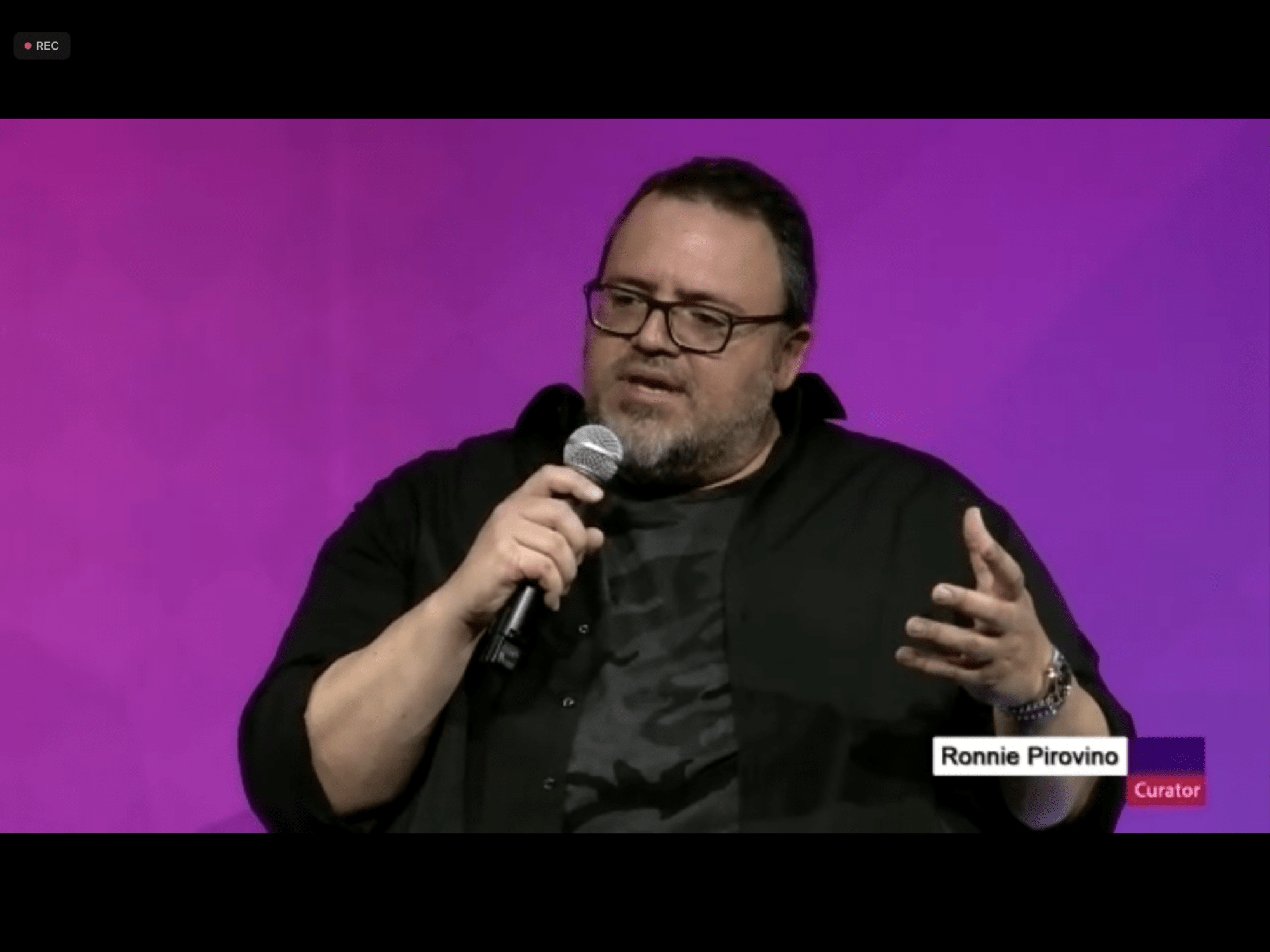
Panelists included artist Mad-Dog Jones, collector Ronnie Pirovino – curator of Christie’s ongoing auction till July 22 titled “Trespassing” – and former Major League Baseball champion Micah Johnson, who launched his career as a crypto artist.
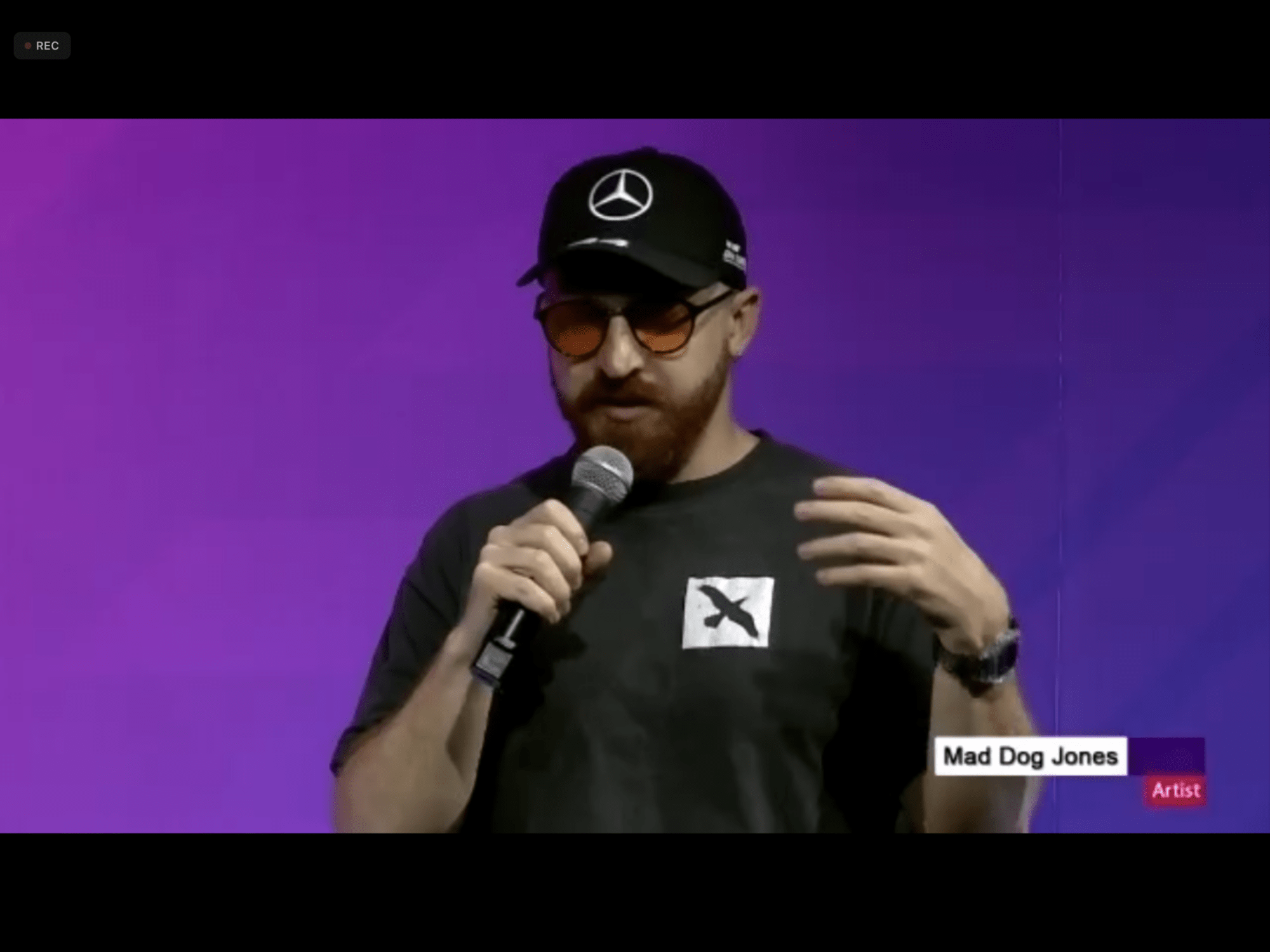
For Mad Dog Jones, in the top ten best-selling NFT artists in the world, there’s no doubt: “NFTs have given us the opportunity to make the kind of art we want to make and not just the art we have to make.“
Johnson agrees: “We create oil paintings, acrylics, watercolors – now we have digital. It’s 2021. Sooner or later, the word ‘NFT’ will no longer be trendy, but it will be part of our lives and we’ll all use it.“
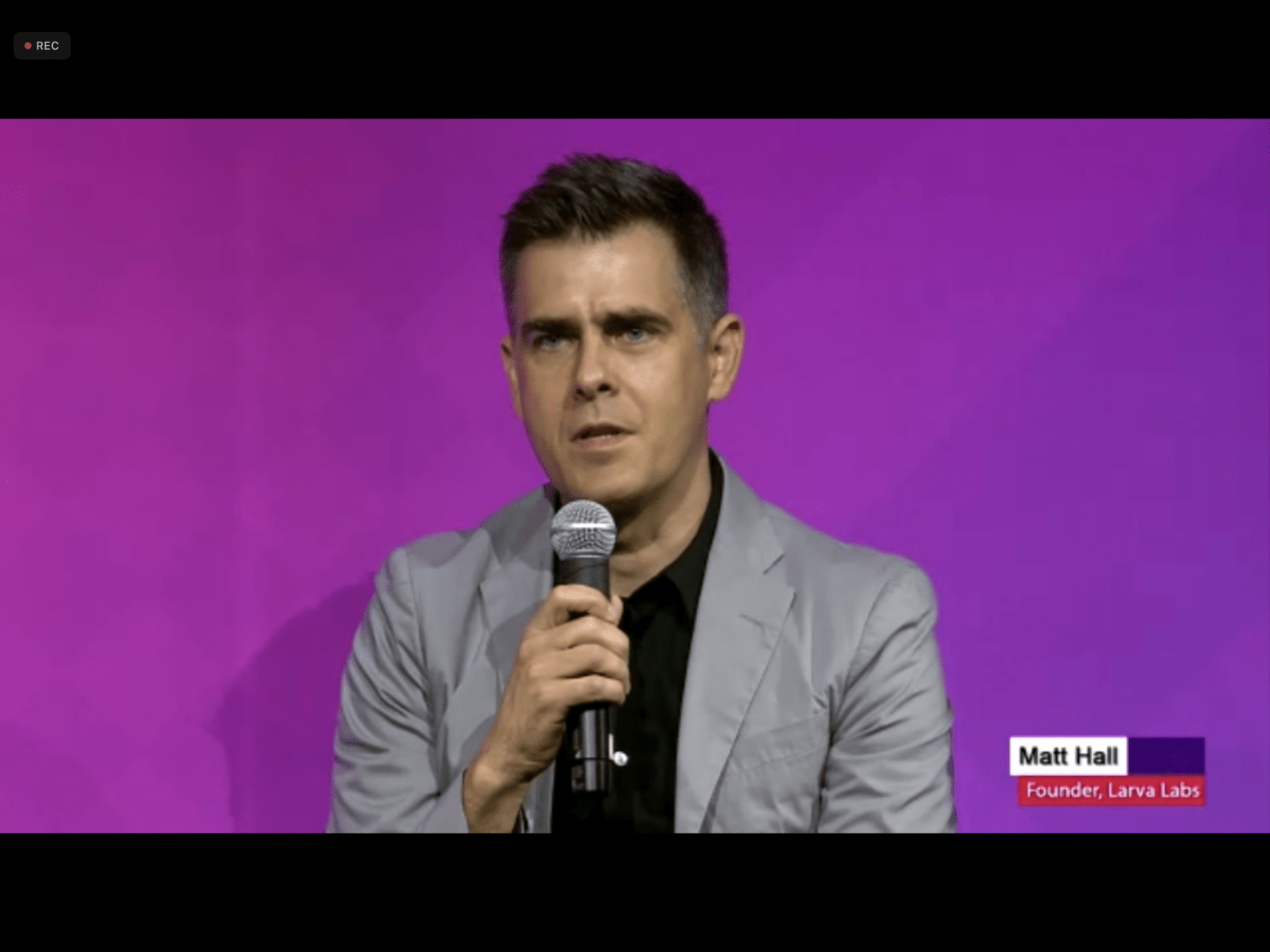
The introduction panel was followed by a dense and intense dialogue entitled “The New World: Creating, Collecting and Curating NFTs,” which featured speakers Jehan Chu Co-Founder and Managing Partner of Kenetic Capital, Matt Hall Co-Founder of Larva Labs who created the celebrated and very expensive CryptoPunks characters and now the Meebits, as well as appearances by Adam Levine President, Director, and CEO of the Toledo Museum of Art, and Sarah Odenkirk Partner at Cowan, DeBaets, Abrahams, and Sheppard LLP.
It’s Chu who confirms from the get-go that “NFT is not an object: it’s an access point, a platform” for artists and creatives to a digital world, which for some is becoming more important than the real thing, but that doesn’t mean it can’t find a point of connection with physicality.
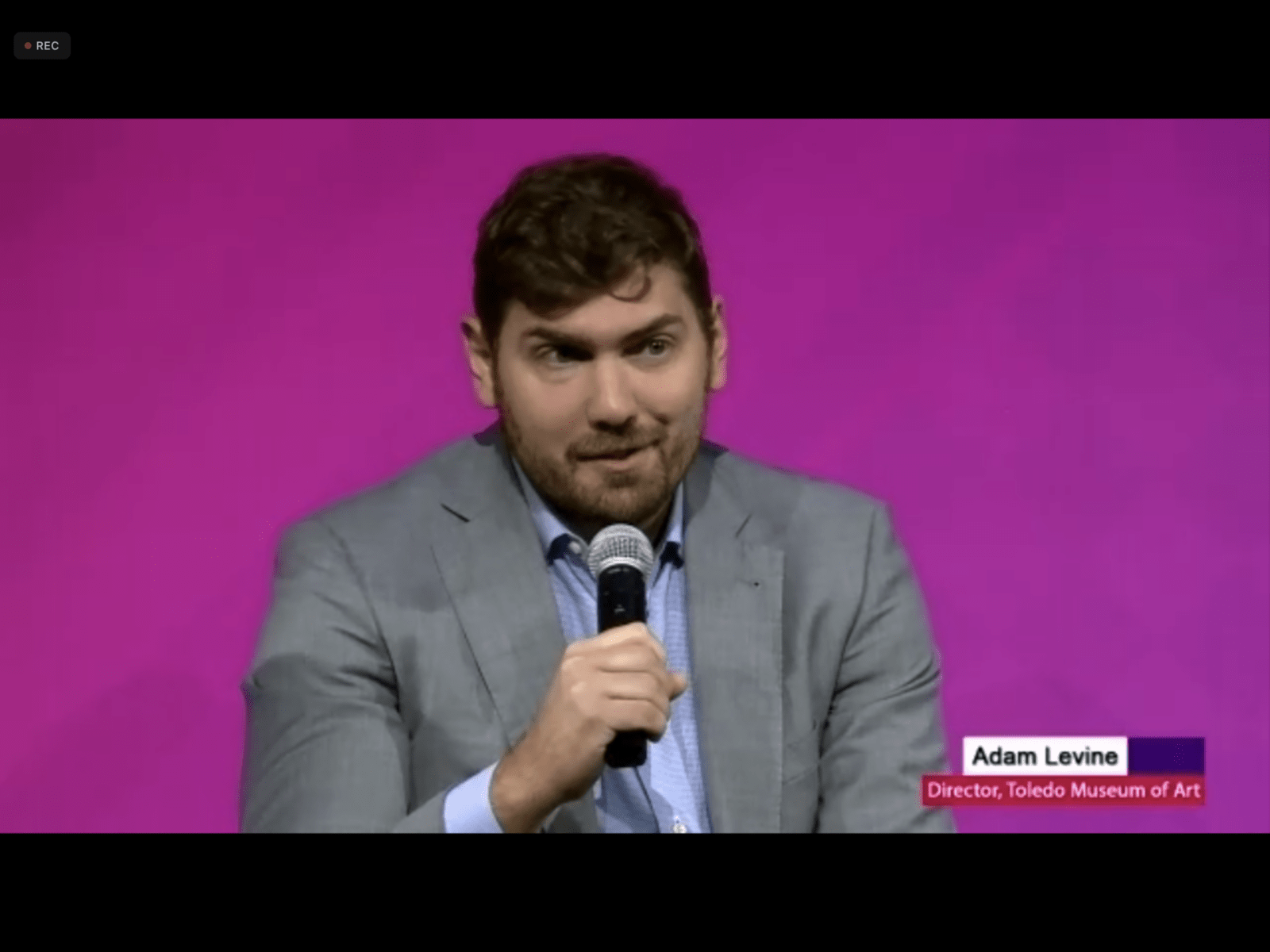
Adam Levine of the Toledo Museum of Art is also convinced of this, but in his opinion the institutions are not yet ready to welcome this new art, which is instead experiencing a moment “under the spotlight” by collectors, who, according to Director Levine, will be those who will primarily be able to support with their donations the boosting and musealization of NFT.
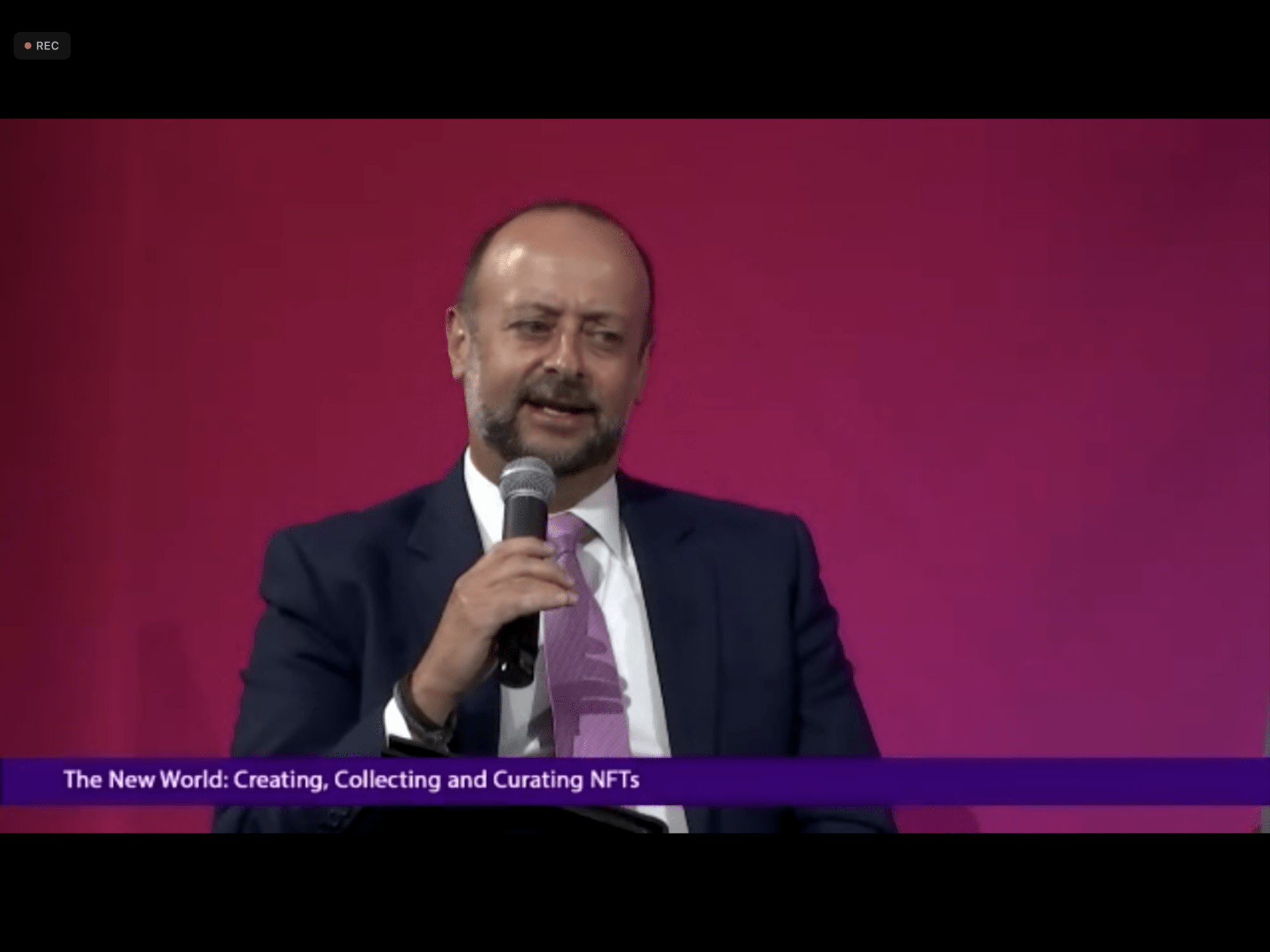
This has already happened a few days ago for the ICA Miami, which acquired NFT CryptoPunk 5293, the first work of Crypto Art to become part of a museum collection, thanks to the donation of Eduardo Burillo, member of the ICA Miami Trustee.
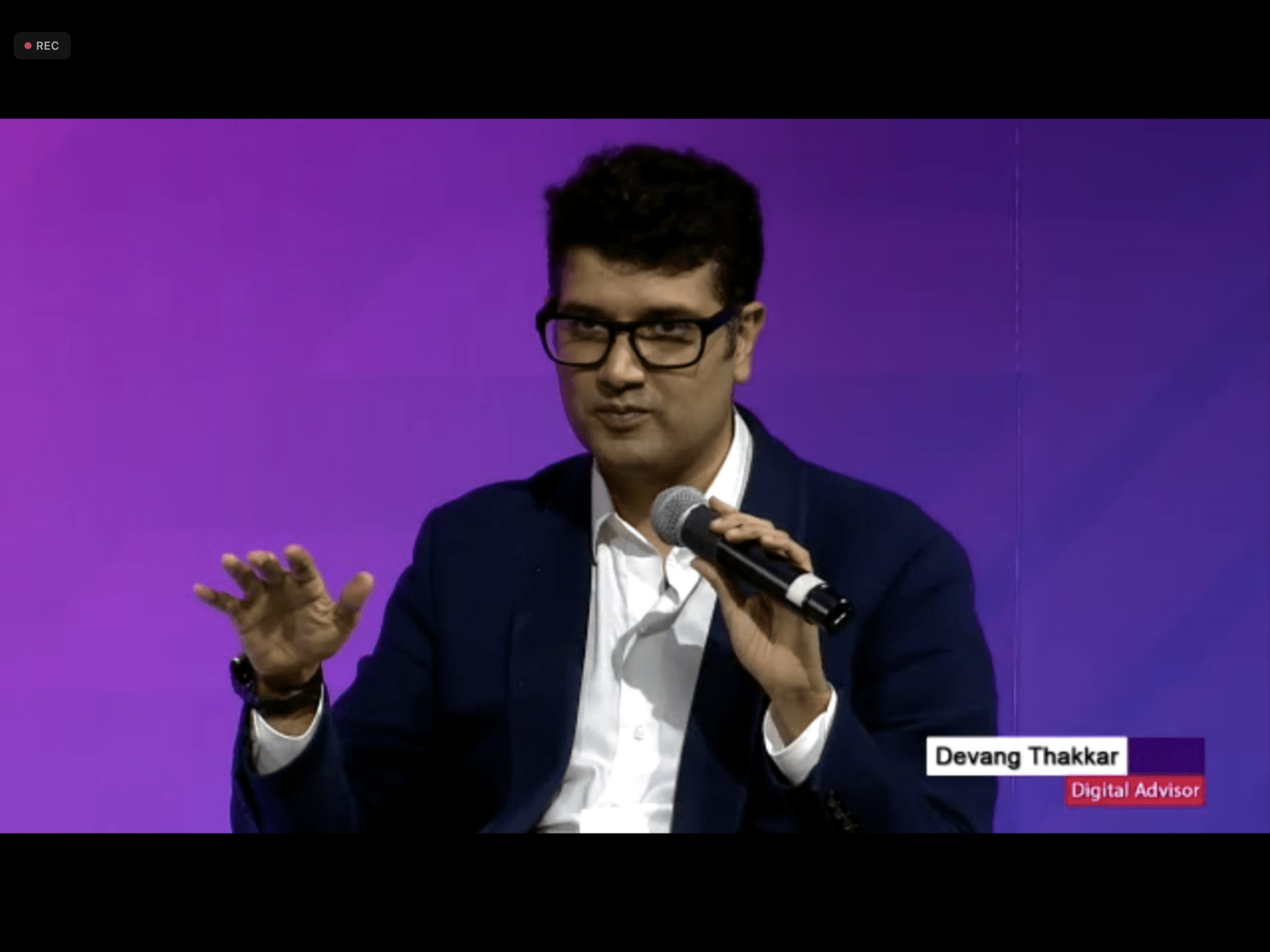
An important point of the conversation, however, is highlighted by Sarah Odenkirk Partner at Cowan, DeBaets, Abrahams, and Sheppard LLP, who confirms that even though there is this great attention from collectors and institutions towards Crypto Art and NFT there is still much to be done, especially in terms of artistic validation and mediation through critics, art curators and scholars who will have to undertake research and analysis on what to all intents and purposes is imposing itself on the art scene as a new art movement.
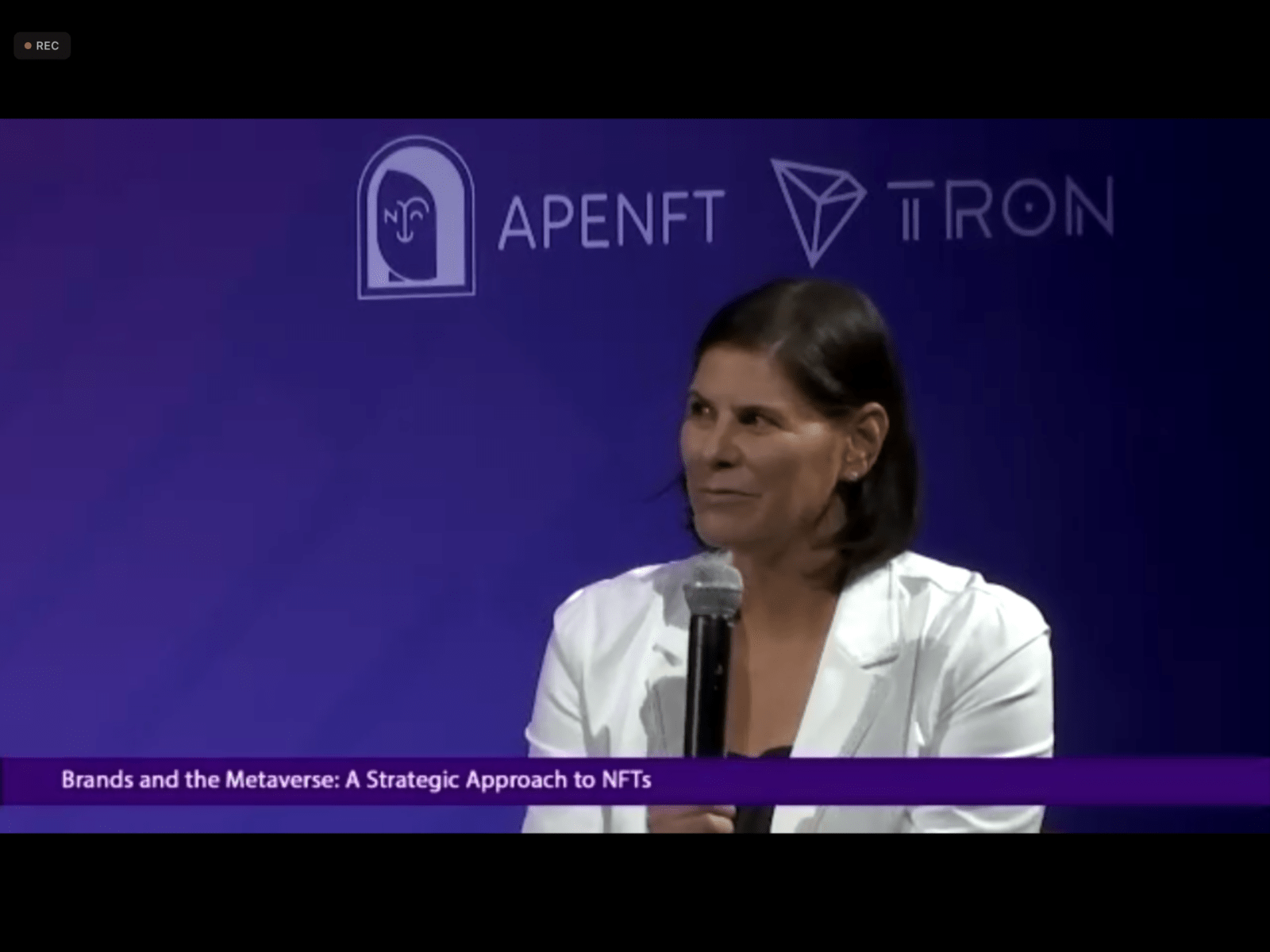
He also adds that the mediating role, in recent months, has been played by auction houses such as Christie’s that have in fact validated the world of NFT in the eyes of the most skeptical operators of the traditional physical art world.
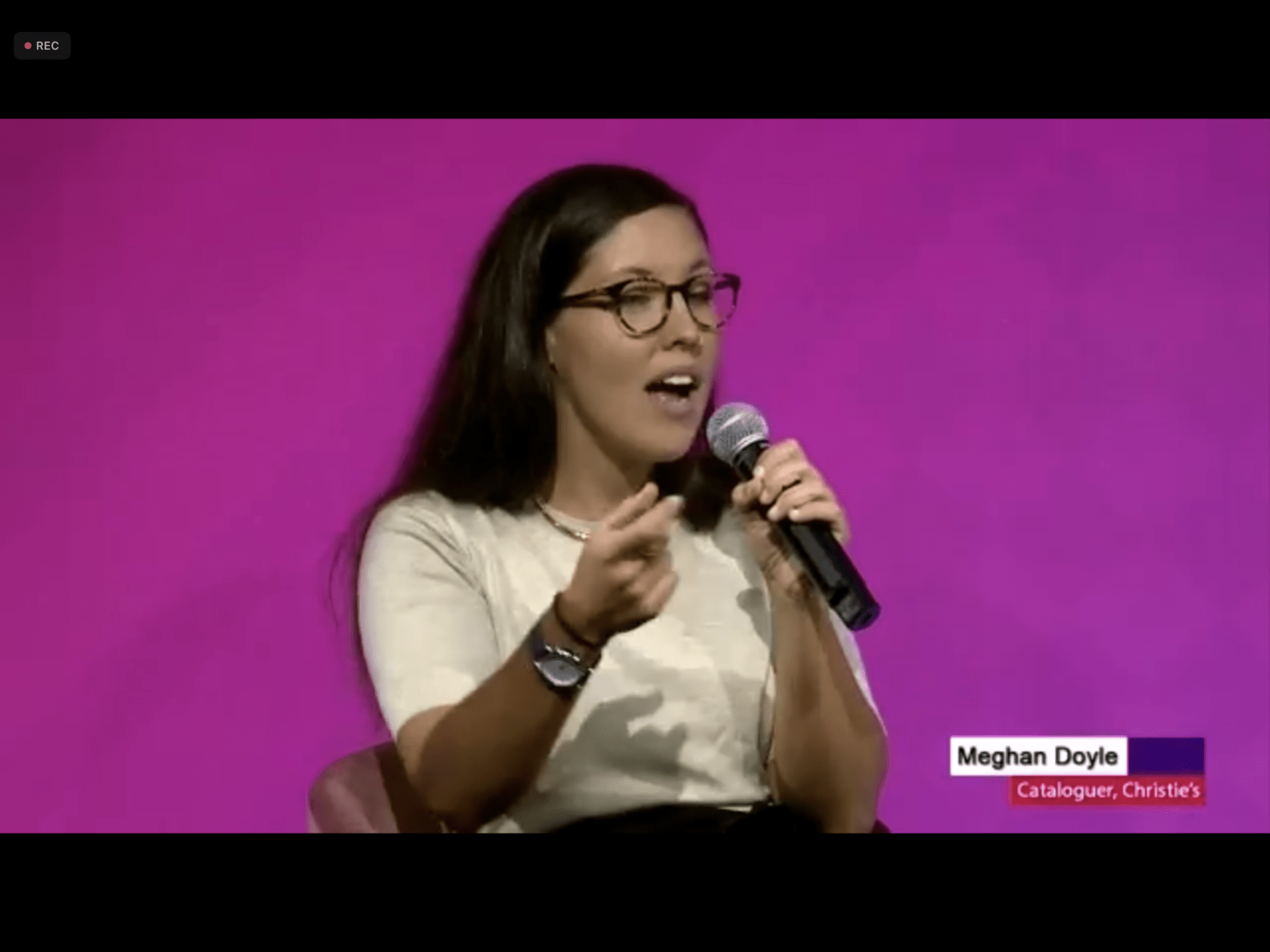
It is precisely the auction houses that are taking on the role of gatekeepers for the first Crypto Art market, selecting, thanks to collaborations and the implementation within their staff of Digital Specialists, the artists who are actually validated in their entry into the canonical market.
Among the panels, there is no shortage of attention towards the most diverse applications of NFT and Blockchain to the world of creativity, but not only, such as fashion and music.

Among the most interesting speakers to take stock of the application of Blockchain and NFTs the Italian computer scientist Silvio Micali, professor at MIT Massachusetts Institute of Technology, winner of the prestigious Turing Prize and founder of Algorand, blockchain infrastructure that offers interoperability and the ability to manage the volume of transactions needed by Defi, financial institutions and governments.
Micali explained and refuted the “Blockchain Trilemma,” theorized by Vitalik Buterin, founder of the Ethereum Blockchain, that a Blockchain cannot be simultaneously secure, scalable, and decentralized, so there must be tradeoffs. Bitcoin itself is controlled by only three consortia of miners. That means there are only three decision-making powers.
But is a system that is controlled by three entities, considered decentralized?
Prof. Micali thus conducted research to find an answer to this question and create another protocol proving that “the trilemma is false”.
Briefly: “The Algorand chain grows through a series of ever-changing ‘committees’ of users. Each committee consists of a thousand randomly and independently chosen users. Each committee member spreads a single short, easy-to-compute message over the network. Then another committee is elected through a secure, individual cryptographic lottery. Not even a user with the computational capacity of an entire nation would be able to increase their chance of winning. So the committees change at random each time.”
In fact, Algorand becomes secure, scalable and truly decentralized.
At the conclusion of Christie’s fourth summit dedicated to the dialogue between Art and Technology around NFTs, it is the artist Refik Anadol, pioneer of a new aesthetic based on Machine Learning, who takes stock of what will be the future of the digital in its relationship with art: “I believe that NFTs are a fantastic canvas for the imagination“.





